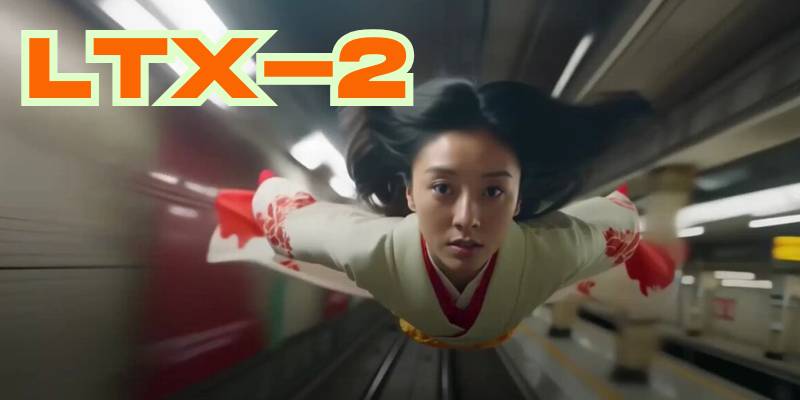There’s a certain electricity buzzing in the air around AI video tech this week — and Lightricks just turned up the voltage.
The Israeli startup, best known for consumer favorites like Facetune and Videoleap, has announced the release of LTX-2, calling it the first complete open-source AI video foundation model. In plain English?
They’ve thrown open the doors to high-end AI video generation — and it’s going to stir things up.
The company claims LTX-2 can generate crisp 4K video at 50 frames per second, complete with synchronized audio, physics-aware motion, and up to 10-second clips on consumer-grade GPUs.
That’s no small feat. If this holds true, it could push AI filmmaking from the realm of concept art into the hands of indie creators, educators, and startups.
Imagine creating a cinematic short film with nothing more than a prompt and a graphics card that doesn’t melt under pressure.
But this move isn’t just a flex of engineering muscle. It’s a statement — one that lands right in the middle of a brewing debate about openness versus control in generative AI.
As TechRadar’s coverage of OpenAI’s Sora 2 upgrades showed last week, major platforms are still keeping their most advanced video systems under lock and key.
Lightricks is doing the opposite: letting the world tinker, test, and — yes — possibly break the model. Risky? Sure. But it might also accelerate progress in ways a closed-lab approach can’t.
There’s a quiet defiance in this. In a landscape where companies like Runway ML and Banuba’s AI lip-sync engine are jostling for attention, openness feels almost rebellious.
Developers will be able to dig into LTX-2’s architecture, customize motion sequences, or even train it on domain-specific data — say, historical reenactments or animated news explainers.
It’s the kind of access that can ignite an entire ecosystem overnight.
Of course, every revolution has its dark corners. With AI video generation scaling this fast, the deepfake dilemma keeps rearing its head.
Just days ago, the Bombay High Court ordered the removal of AI-generated clips depicting Bollywood actor Akshay Kumar as a religious figure, calling the spread of synthetic media “truly alarming.”
Lightricks says it’s embedding transparent watermarking in every output — a digital fingerprint for authenticity — but anyone who’s watched AI evolve knows those safeguards can be outsmarted.
Still, there’s something exhilarating about watching creativity and code collide like this. Just months ago, when OpenAI’s Sora video model stunned audiences with hyper-realistic clips, skeptics scoffed that such power would stay confined to big labs.
Lightricks seems to be calling their bluff. Whether this sparks a new wave of collaborative innovation or unleashes a flood of dubious videos — well, that’s the story we’ll be following next.
In the end, LTX-2 feels like more than a tech release. It’s a dare — a challenge to every creator, coder, and policymaker watching AI video evolve at breakneck speed: what happens when the filmmaking toolbox is no longer behind studio walls, but right there on your laptop?

